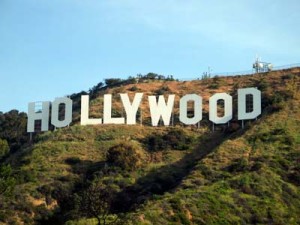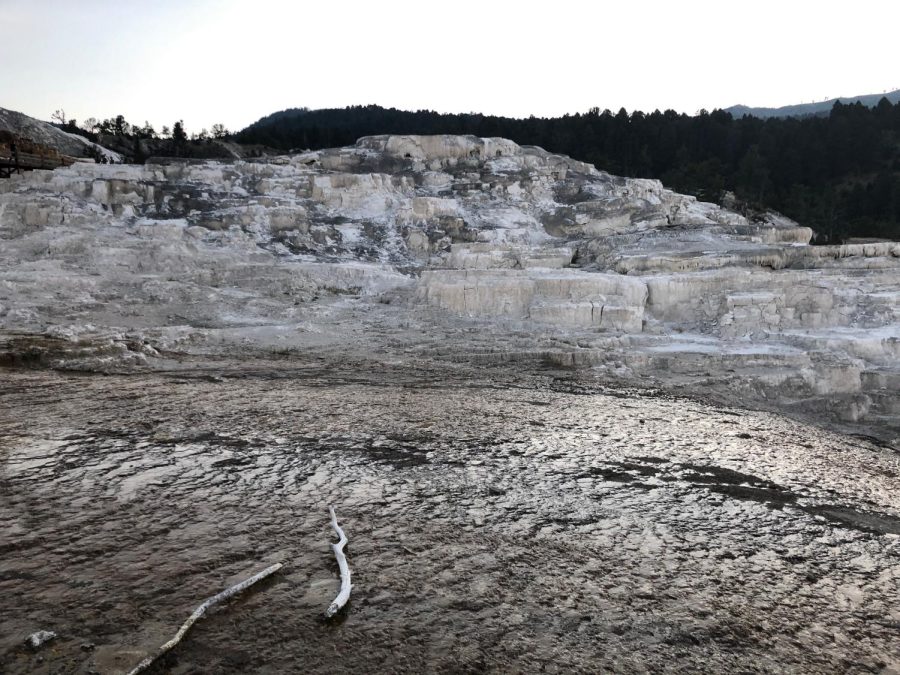
I had a few general expectations when I visited Los Angeles for the first time. The beaches would be crowded, the temperature would never fall below 55 degrees and the undeniable haze of smog would cover the sky. But I was not expecting to fall in love, especially as a 12-year-old.
During that two-week vacation looking for things to do in California, I became increasingly attached to the people and environment of Southern California. But what captivated me the most was being so close to Hollywood, the entertainment capital of the world. Just 10 minutes away down U.S. Highway 101, directors were shouting “Action!” on the set of their latest blockbusters, creating movie magic that I so desperately wanted to be part of. I nearly cried when our flight home eventually left LAX for General Mitchell International Airport.
For more than a century, filmmakers have been equally smitten with the Golden State. In 1911, Nestor Studios became the first movie studio located in Hollywood. More companies eager to embrace Hollywood’s year-round temperate climate followed suit. By the 1950s, there were eight major film studios in Hollywood with no worthy competitor anywhere else in the country.
But over the past 15 years, California is slowly losing its title as the hot spot for film production as film crews move to other locations. Los Angeles alone lost almost 60 percent of its film production in that time. According to a Variety article released earlier this month, only one of the 41 “big-budget feature films”shot in 2012 and 2013 was filmed entirely in California.
Even films set in California aren’t being shot on location. Some are taken to a different continent altogether, like “San Andreas,” an upcoming film in which a helicopter pilot saves his daughter from a 10.0 earthquake in San Francisco. Shooting starts in four weeks, but the crew will only spend six days in San Francisco. The rest will be shot in Australia.
There’s no personal motive in this migration; it’s just business. California’s current tax incentive program allocates $100 million a year for movie and TV production. Considering states like New York offer more than $400 million in tax credits, it’s not nearly tempting enough to keep people working on the West Coast.
In February, California Assemblyman Raul Bocanegra (D) proposed a bill that would increase film and television tax credits well beyond what they are now. If California wants to stay a frontrunner in film production, it needs to step up to the plate and implement these tax breaks. Otherwise, it will continue to lose money, jobs and its historic reputation.
Hollywood no longer has the monopoly on film production it once had in the early 20th century. Like any other private business, production companies are first and foremost looking to make a profit. If Vancouver offers a more competitive tax incentive to producers shooting a movie set in L.A., economics overtakes authenticity.
In a recent article from The Hollywood Reporter, former California Assemblyman Bob Blumenfield said the state would need to raise its tax incentive program to somewhere between $500 million and $1 billion a year for the next several years to make up for the emigration of the industry. It’s a large jump, but even increasing it to $400 million would make it more competitive with other budding film sites.
It would also grow the local economy and bring back desperately needed jobs. The Daily Caller recently reported that “every job lost in the film industry results in a loss of $112,000 in spending in the local economy.” Nearly 10,000 jobs in one-hour television program production were lost over the last decade. Based on those numbers, a properly allocated tax incentive could have saved over one billion dollars.
And why stop there? Right now, the state is just giving tax breaks as necessary under threat of companies taking their business elsewhere. If such a high-taxing state needs to doll out $1 billion incentives, what could be done if taxes were reduced across the board?
But that’s a topic for another column.







